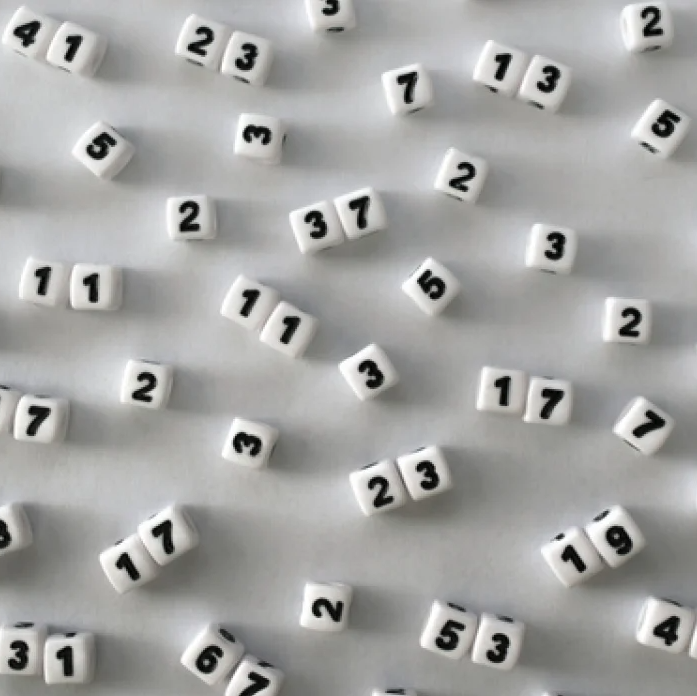















Random Chowla conjecture
Number theory
The distribution of partial sums of a Steinhaus random multiplicative function, of polynomials in a given form, converges to the standard complex Gaussian.
On the random Chowla conjecture
We show that for a Steinhaus random multiplicative function and any polynomial of which is not of the form for some , we have , where is the standard complex Gaussian distribution with mean 0 and variance 1. This confirms a conjecture of Najnudel in a strong form. We further show that there almost surely exist arbitrary large values of , such that for any polynomial with , which is not a product of linear factors (over ). This matches the bound predicted by the law of the iterated logarithm. Both of these results are in contrast with the well-known case of linear phase where the partial sums are known to behave in a non-Gaussian fashion and the corresponding sharp fluctuations are speculated to be for any .